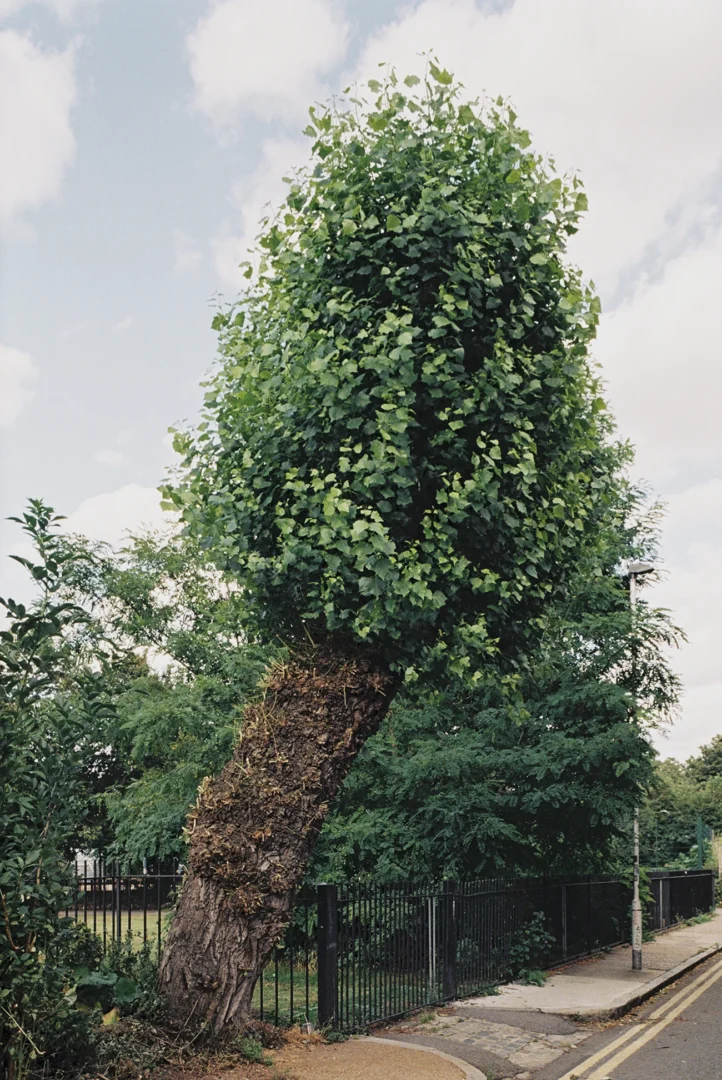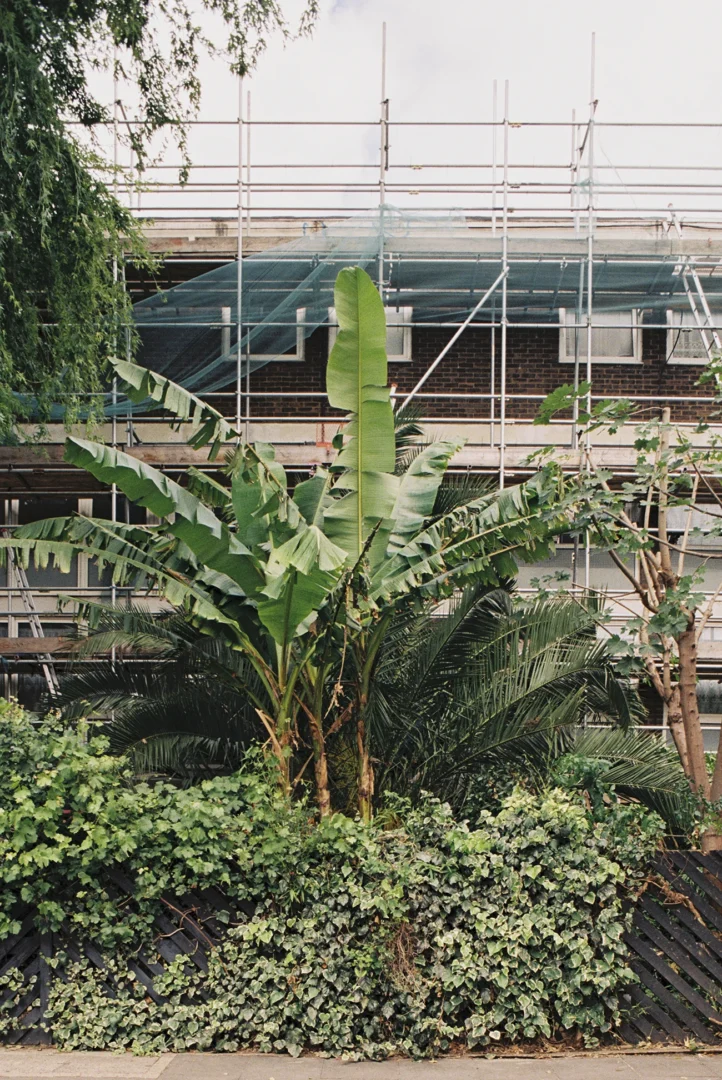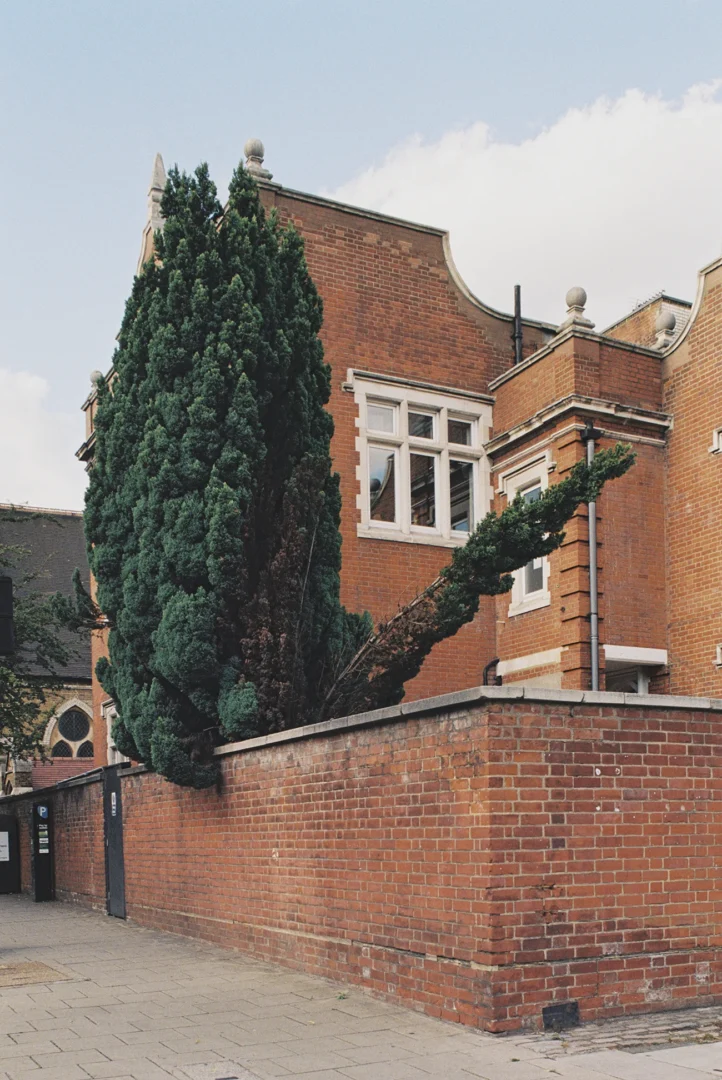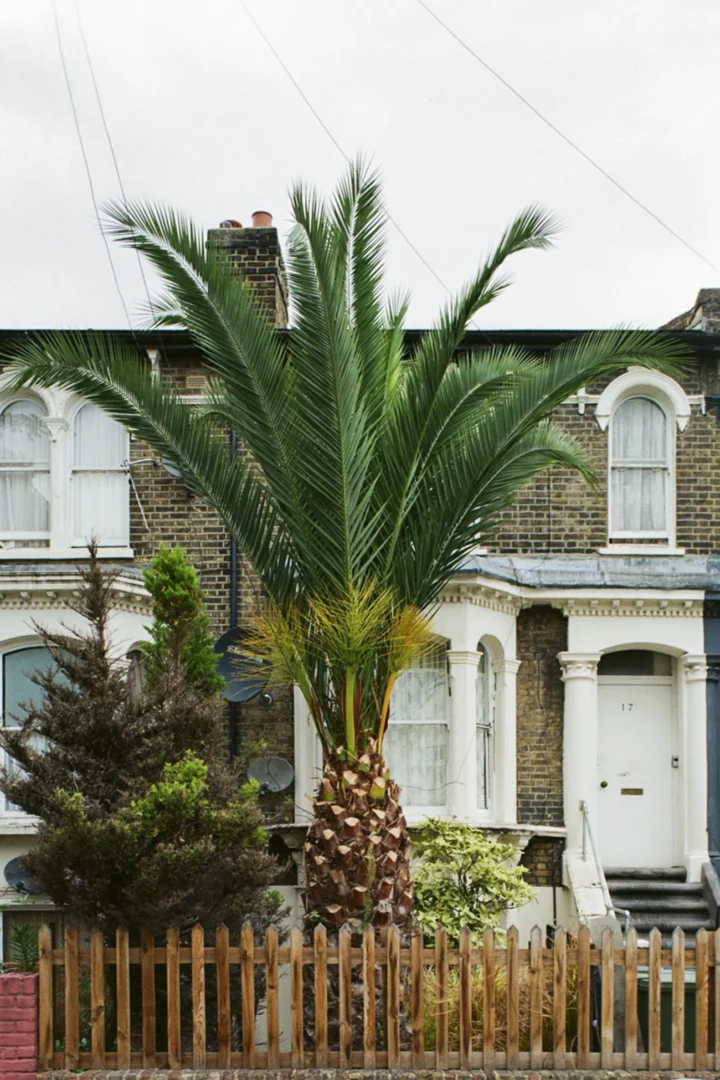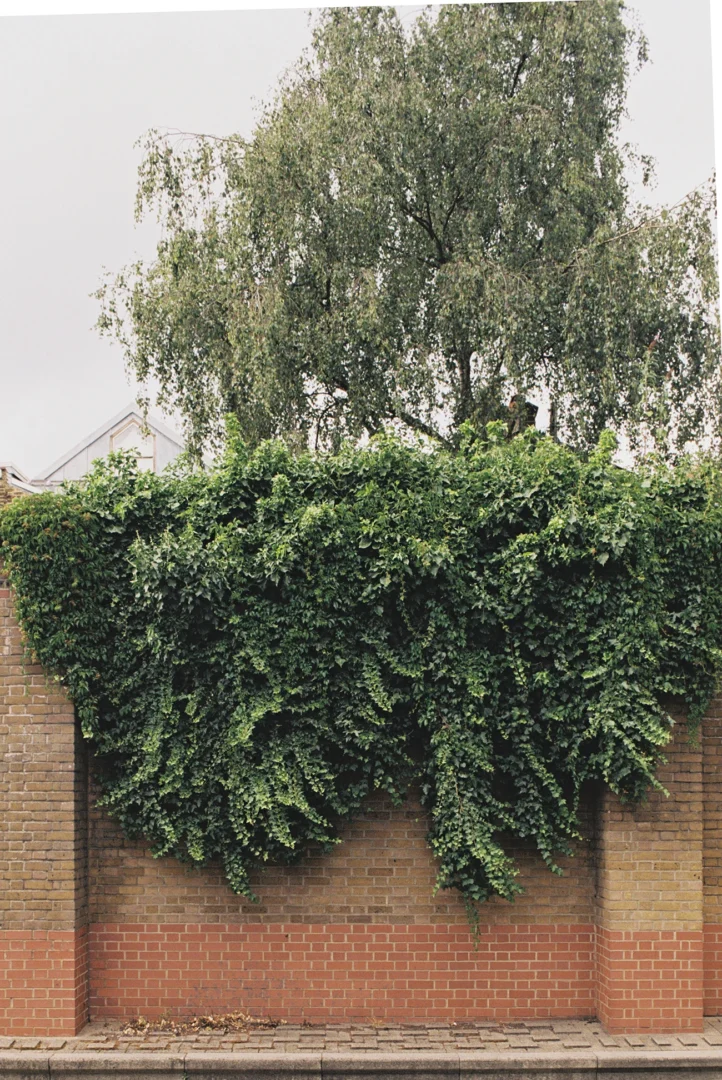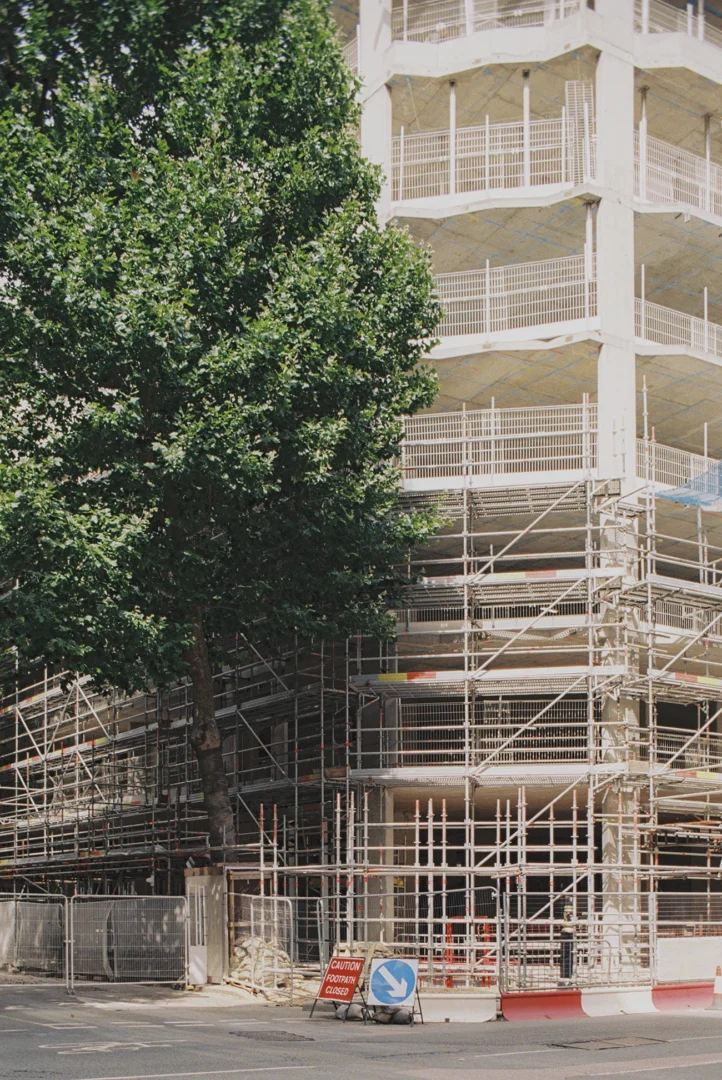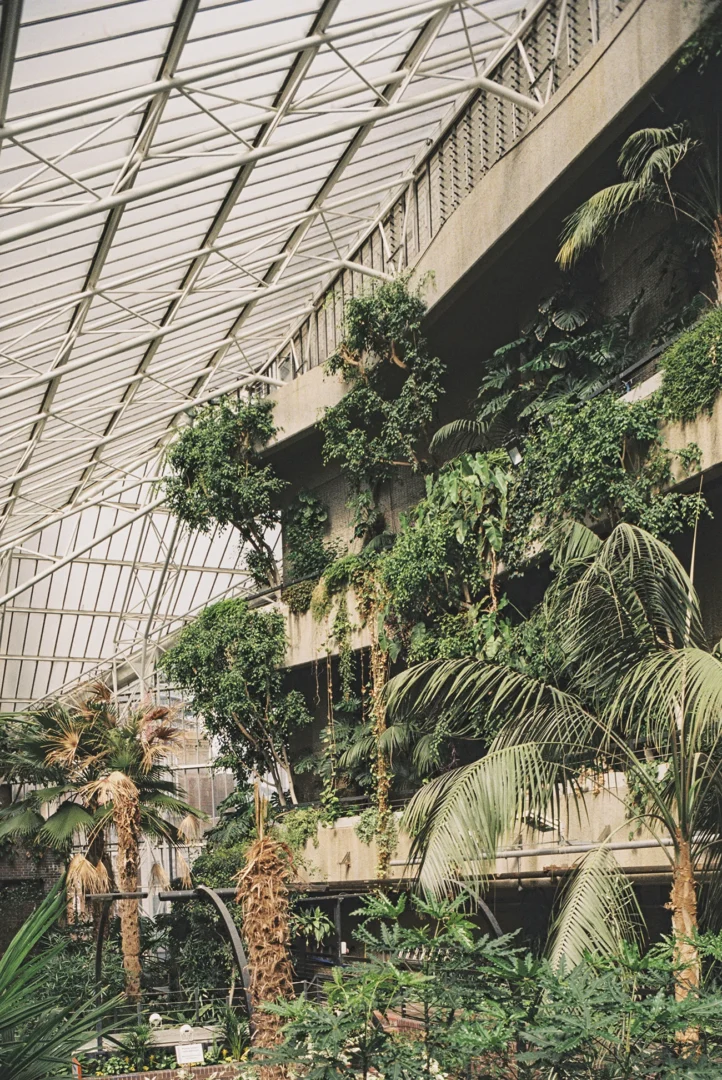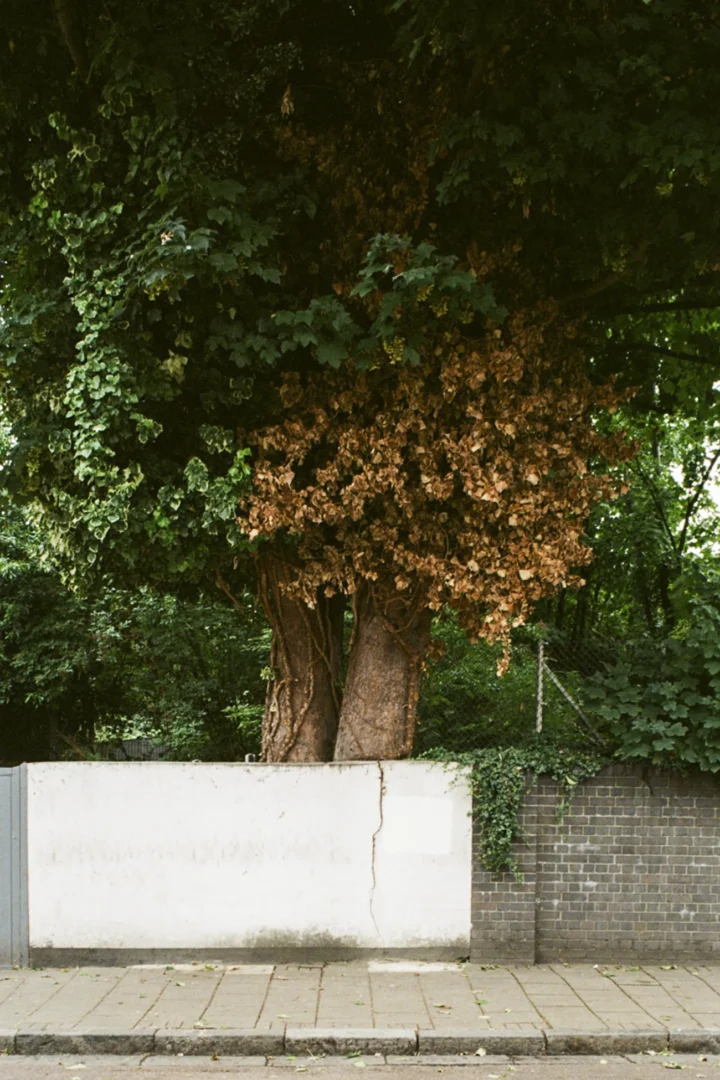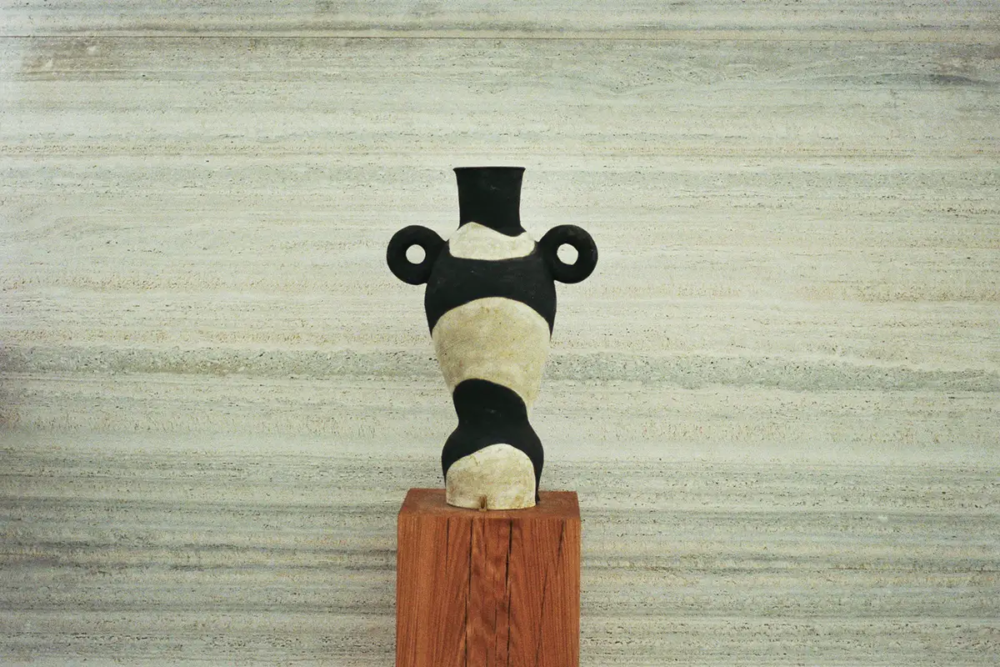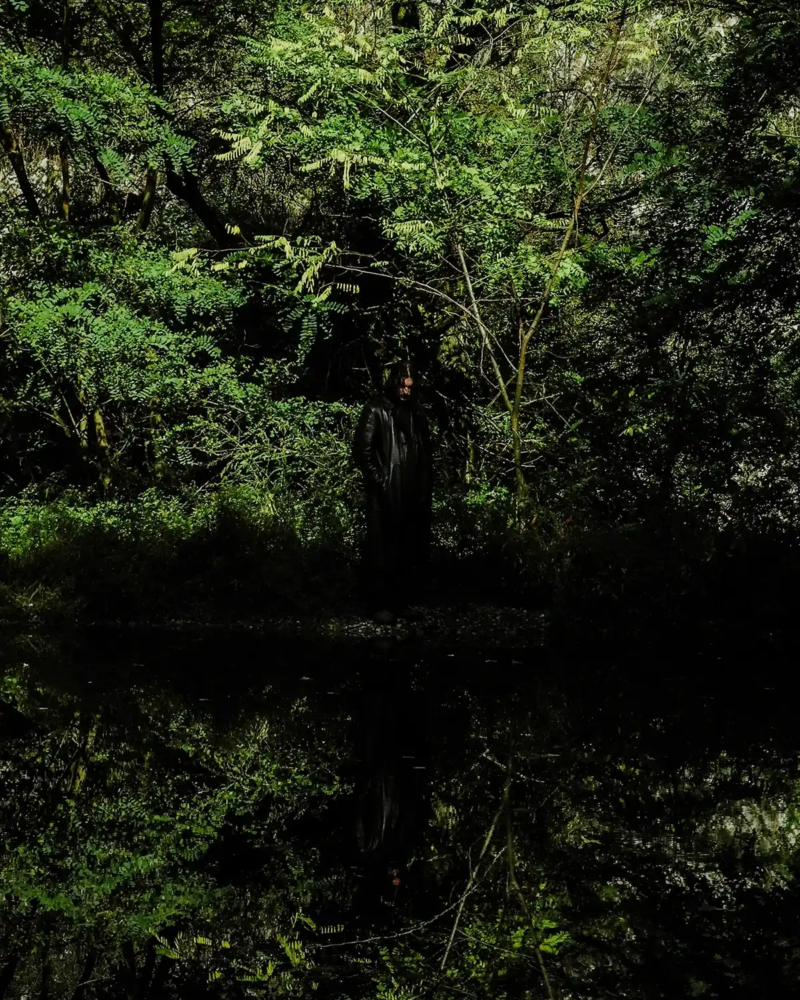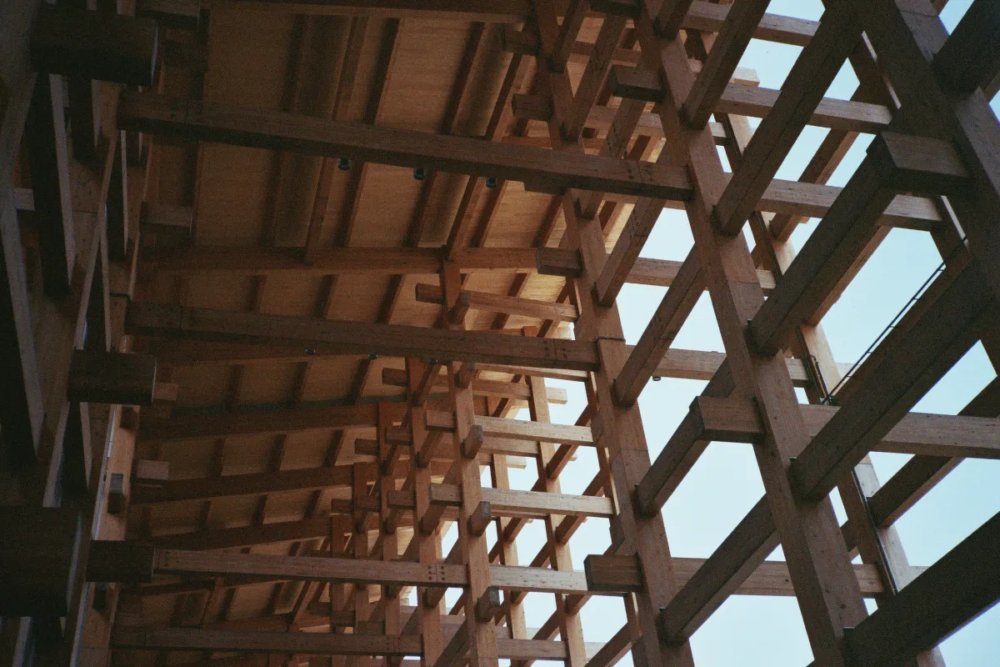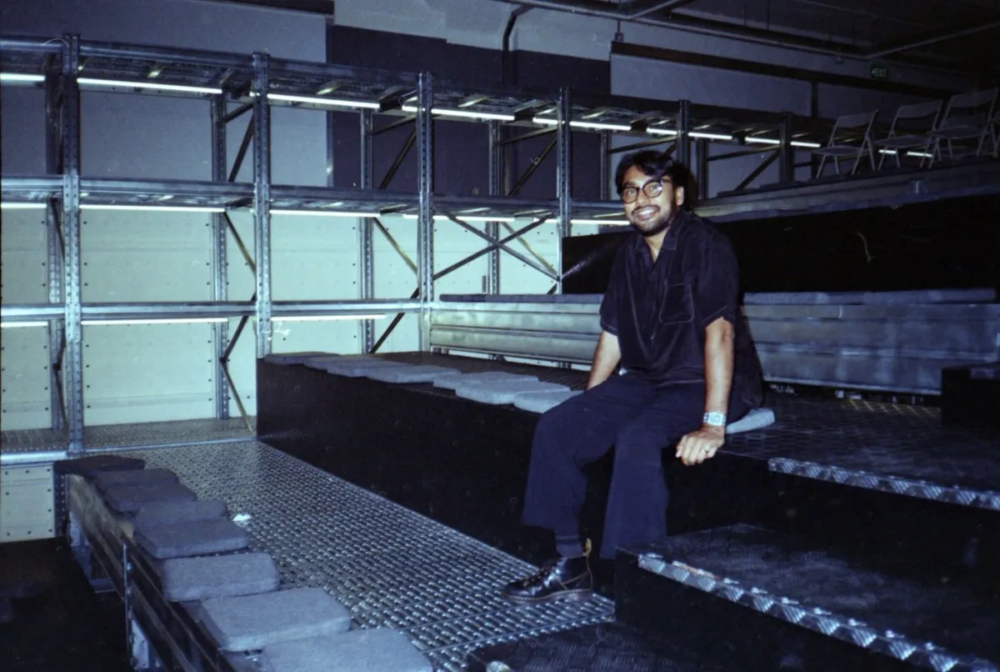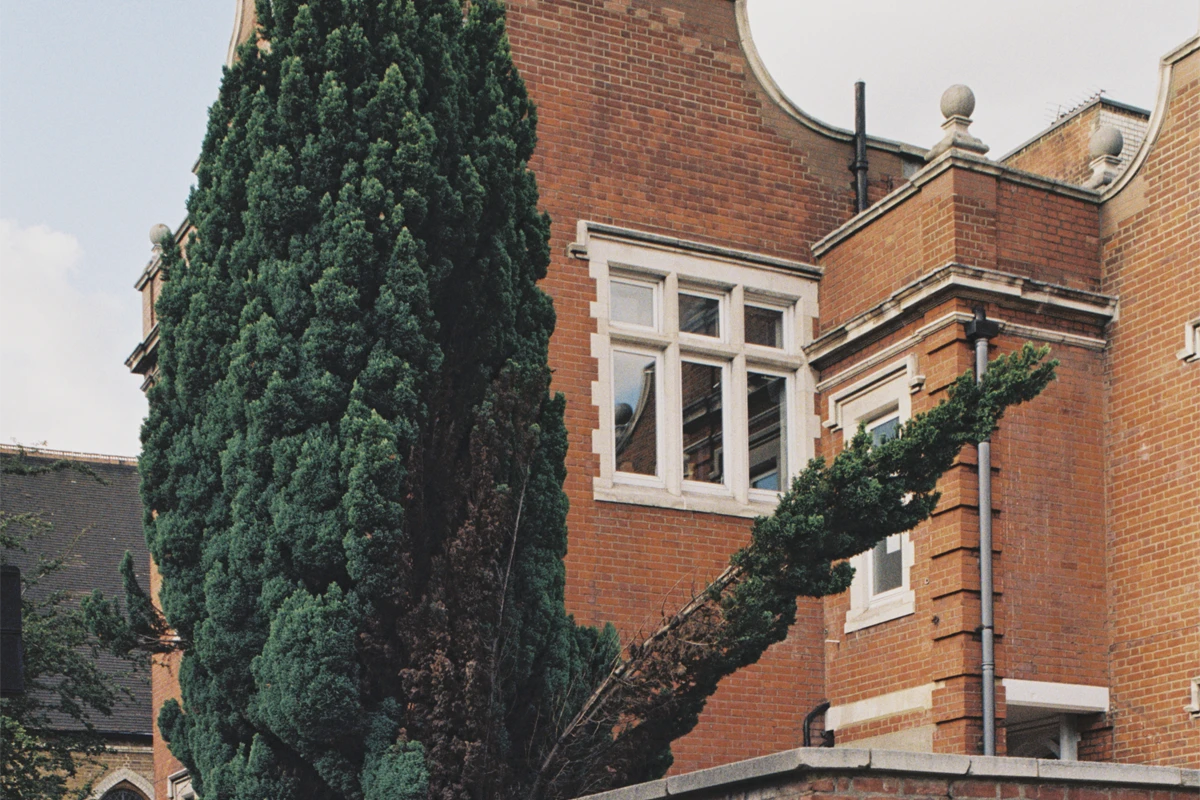
Lorenzo Zandri discloses the Vegetal Resistance of the streets of London
Lorenzo Zandri captures the spontaneous vegetation growing across London’s built environment—plants that resist control
Lorenzo Zandri for Lampoon Issue 22 – Vegetal resistance in London: spontaneous greenery vs. structured design
Photographer Lorenzo Zandri turns his attention to the unintended growth of plants across London’s built landscape. This isn’t a documentation of curated gardens or public parks, but of the green elements that emerge uninvited—through cracks in sidewalks, up the side of underpasses, or in the narrow margins between road and building.
Zandri captures how urban nature does not disappear under concrete but adapts and resists. The images show trees, bushes, weeds, and mosses in contexts where they weren’t planted—framing a quiet yet persistent form of spatial resistance. It’s not landscaping. It’s survival.
London: a green capital shaped by tension between nature and urban growth
London is classified as a “National Park City,” with around 47% of its area covered by green space and over 8.4 million trees. Public green space includes more than 3,000 parks, commons, heaths, and gardens—among them Richmond Park, Hampstead Heath, and Victoria Park.
London’s green reputation relies heavily on planned and regulated environments. Outside of official maintenance, much of the city’s greenery goes unmanaged—particularly along railway lines, alleyways, derelict lots, or older residential zones. It is in these transitional or neglected areas that Zandri locates his subject.
The role of street trees and self-seeded plants in the city
Over 900,000 street trees line London’s roads, with maintenance divided among local borough councils. In recent years, organizations such as Trees for Cities and the Greater London Authority have introduced plans to improve urban tree coverage and biodiversity. The London Urban Forest Plan (2020) aims to increase tree canopy cover to 25% by 2050.
Still, spontaneous growth continues to occur in unmanaged corners—what botanists sometimes call “ruderal vegetation.” Zandri’s photographs capture these non-planted species: buddleia growing in gutters, grasses breaking through stone steps, ivy climbing beyond the limits of design.
From historical specimens to anonymous invaders
London hosts officially recorded “Great Trees,” identified for their historic or cultural significance. Examples include the 400-year-old oak in Greenwich Park or the Hardy Tree in St. Pancras Old Churchyard—recently felled after storm damage. These trees are preserved, fenced, and catalogued.
Zandri’s interest is not in the monumental. His focus is on anonymous bushes by underpasses, feral trees growing at awkward angles against residential façades, or invasive species like Japanese knotweed creeping into construction sites. These plants exist outside human intention.
Zandri’s methodology: photography between documentation and provocation
Lorenzo Zandri is an architectural photographer and artist based between London and Paris. His work is positioned between documentation and critique, using photography to question the boundaries between natural growth and architectural order.
«The image is a result of an artistically led process, swinging its position between documenting the built environment but also illustrating a meaning through the image itself,» he says. His compositions aren’t limited to highlighting decay or beauty—they reflect processes, tensions, and time.
Collaborative work and ongoing urban research
Zandri is co-founder of ROBOCOOP, ZA² and Unsent Postcard—collectives working at the intersection of photography, architecture, and visual culture. Through these platforms, he engages with the urban landscape in ways that combine archive, fieldwork, and digital media.
His recent photographic essays include studies of post-war housing blocks, public infrastructure, and unmaintained urban peripheries. “Vegetal Resistance” continues this line of investigation, redirecting the gaze from built structures to what grows in spite of them.
